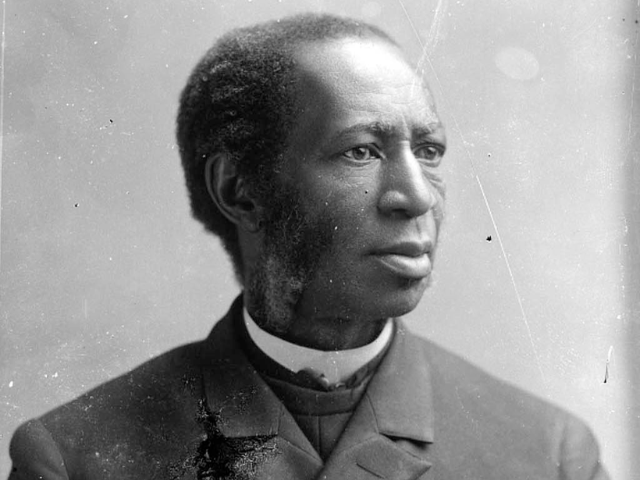Search StudySC for people, places, history, and ideas.
StudySC – Know where you live.
Explore South Carolina through StudySC! Learn about your community, South Carolina history, and the people who have made a significant impact on the state and the world.
SC Subjects by Grade Level
South Carolina People
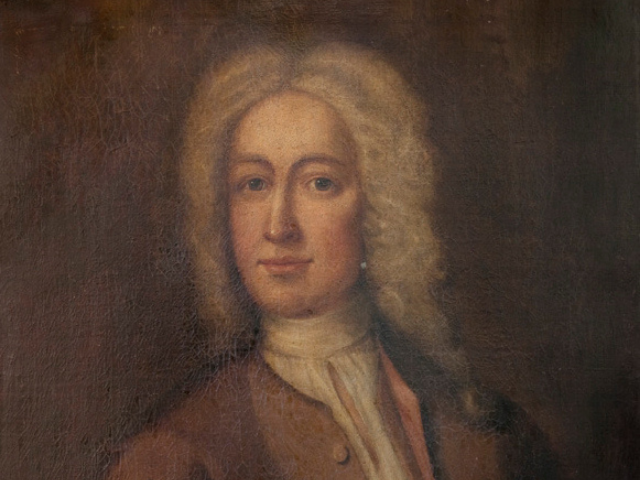
John Lawson
John Lawson was a British explorer, naturalist, and writer who explored the Carolina backcountry.
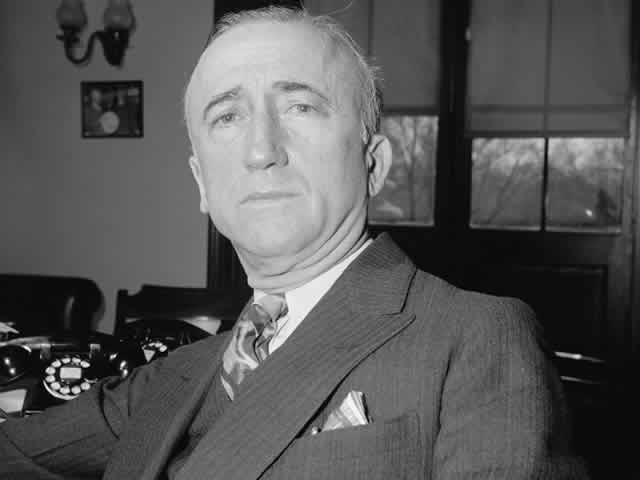
James F. Byrnes
Born in Charleston, SC, James F. Byrnes was a U.S. Secretary of State, Associate Justice U.S. Supreme Court, U.S. Senator, and Governor of South Carolina from 1951-1955.
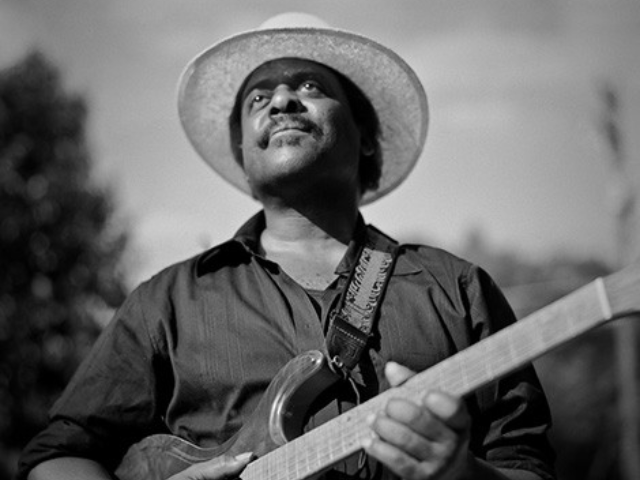
Cool John Ferguson
Cool John Ferguson is a blues guitarist, singer, and songwriter known for playing his guitar "upside down."
South Carolina Counties
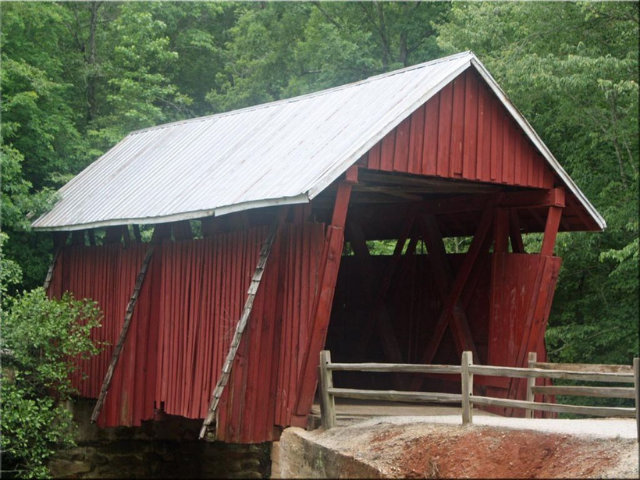
Greenville County
The origins of the name Greenville County are uncertain, but the county was probably named for Revolutionary War general Nathanael Greene (1742-1786) or for an early resident, Isaac Green.
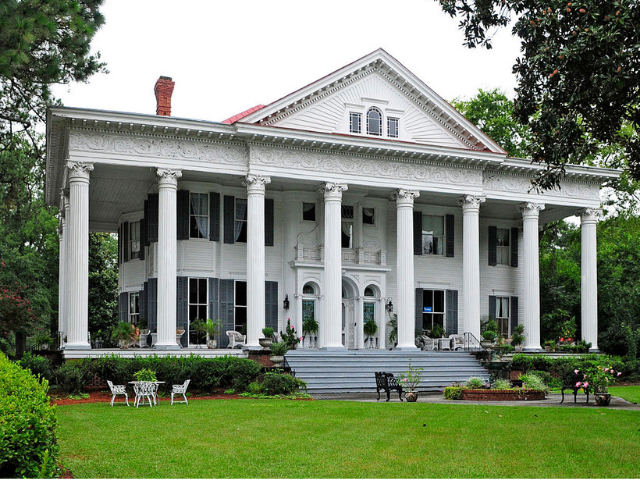
Aiken County
Aiken County and its county seat, the town of Aiken, were named for William Aiken (1806-1831), president of the South Carolina Railroad.
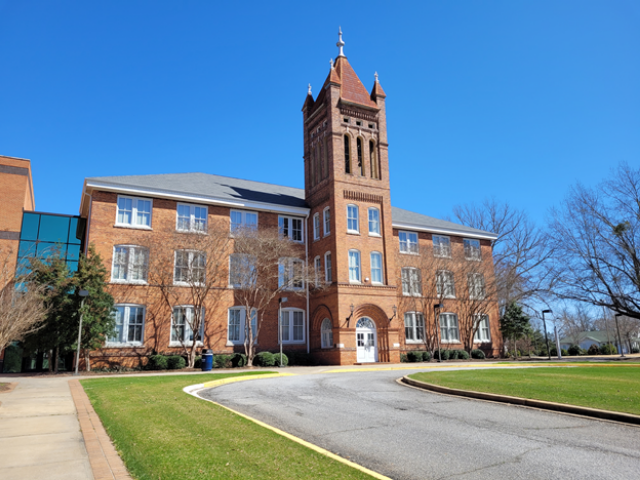
Greenwood County
Greenwood County takes its name from its county seat, Greenwood. The city of Greenwood was named around 1824 for the plantation of an early resident, John McGehee.
South Carolina Facts
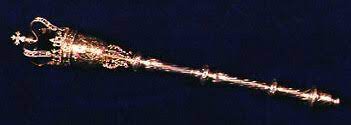
The Mace of the South Carolina House of Representatives
The South Carolina House of Representatives Mace is the oldest legislative mace in use in the United States. The Mace was made in London by Magdalen Feline in 1756. Upon the opening of the session, the Sergeant-at-Arms will bear the mace ahead of the Speaker and lay it upon a specially prepared rack on the rostrum in front of the Speaker. The Mace remains on its rack until recess or adjournment.
South Carolina Glossary
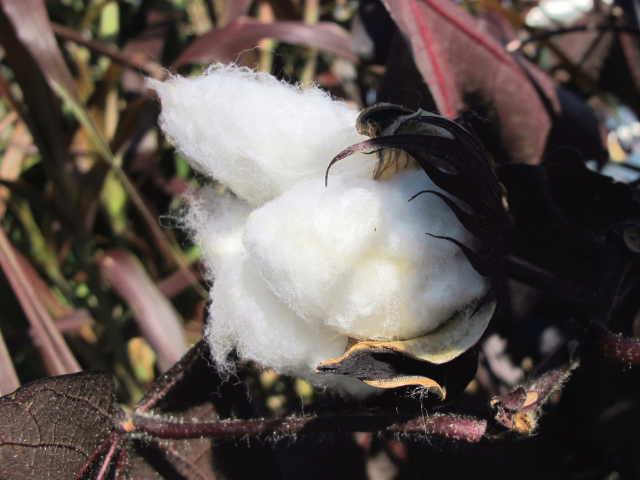
lint
(noun) - fibrous coat of thick hairs covering the seeds of the cotton plant
Copyright © 2024. All rights reserved.

